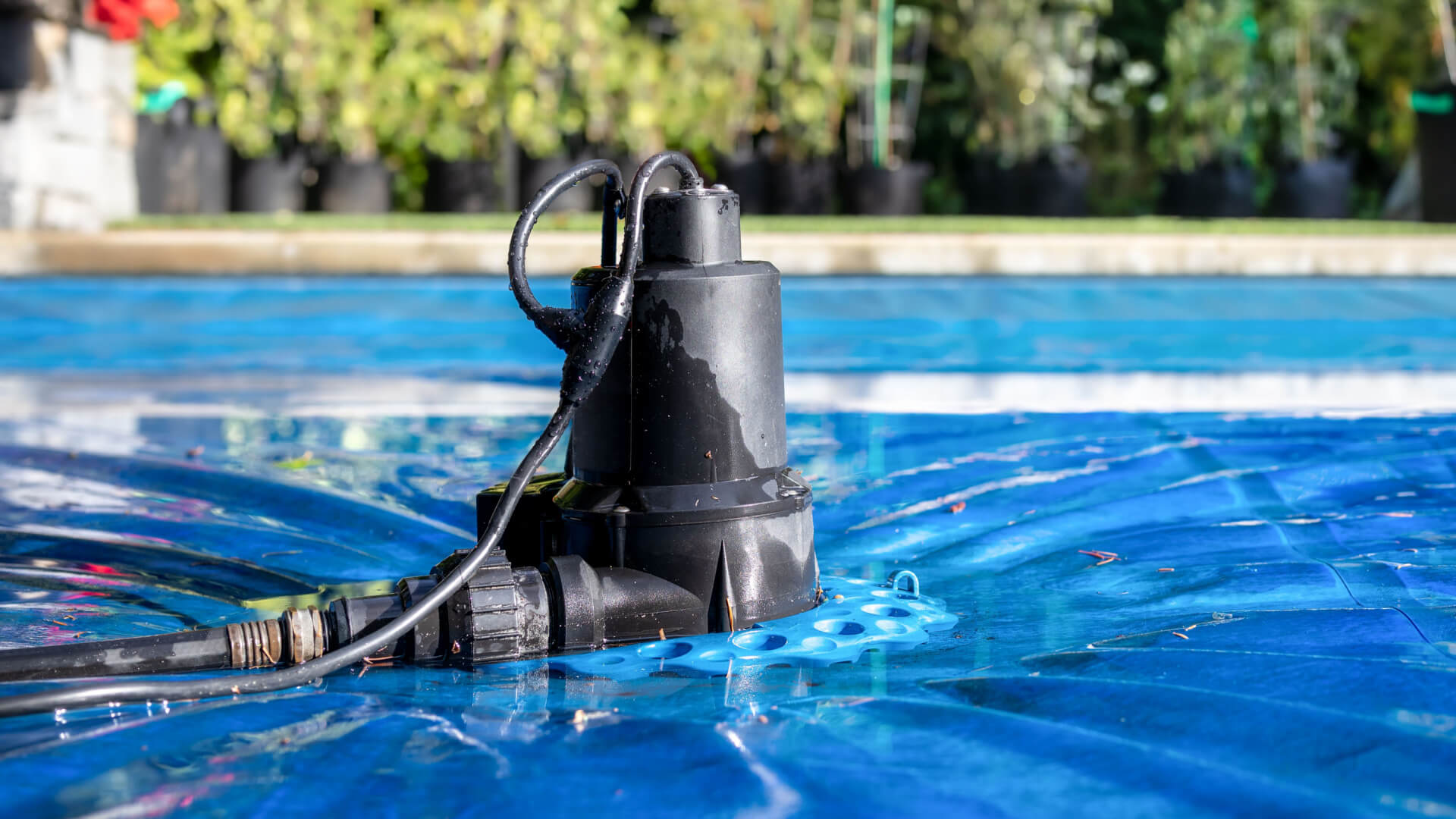Tips for Selecting a Roofing Contractor in St. Petersburg
Factors to Consider When Choosing the Right Roofing Contractor Service in St. Petersburg
Looking for roof repair or replacement, finding the best roofing company in St. Petersburg is crucial to getting the job done right. With numerous roofers to choose from, you may not know where to start to find the ideal contractor. This resource will show you how to choose when choosing the best Paradise Exteriors Roofing in St. Petersburg.
Start with Research
The starting point in finding the ideal roofing contractor is to do some research. There are plenty of roofers in St. Petersburg, so you need to focus on the best ones.
Begin with looking at customer feedback on review sites like Google, Yelp, or the Better business Bureau (BBB). Focus on contractors with high ratings and a history of satisfied customers.
Check Contractor Credentials
Before selecting a roofing contractor in St. Petersburg, you must verify that they have the proper licensing to perform roofing services in the area. Roofing is a specialized trade that requires specific licenses.
In addition to licensing, ask for proof of contractor’s insurance. This protects you in case of unexpected issues during the installation. A reliable contractor will always have both licensing and insurance.
Ask for References
One of the best ways to evaluate a roofing contractor is to ask for references from previous clients. A trustworthy contractor will be happy to share references, so you can check the quality of their work.
Follow up with past clients to learn about their project. Did the contractor complete the work on time? These insights will help you evaluate whether the contractor is the right fit.
Get Multiple Estimates
Never go with the initial estimate you find. Instead, reach out to several roofing contractors in St. Petersburg and request written estimates.
Look at the details of each estimate. While price matters, don’t choose based on cost alone. Consider the warranty offered along with the price. Sometimes a cheaper estimate may result in inferior workmanship.
Check for Experience
A contractor’s experience is important when it comes to roofing. Ask about how long the company has been operating. A contractor with decades of work is more likely to handle different roofing materials than a newer company.
Make sure that the contractor has specific expertise in the type of roof you have, whether it’s tile roofs. Specific roofing projects require unique techniques, so it’s essential to choose a contractor who knows how to work with your materials.
Check Warranty Coverage
A reputable roofing contractor will offer a guarantee for both the installation and products. Check for the length of the warranty and what is protected. A solid warranty will ensure in case of defects in the materials or installation.
Be sure to confirm that the warranty protects against both workmanship and materials. Top-rated roofers will outline their coverage options so you know how you’re protected.
Work with a Local Roofing Company
If possible, work with a local roofing contractor in St. Petersburg. Roofing companies based in St. Petersburg are knowledgeable about the local weather conditions unique to the area. On top of that, they are easier to contact if something comes up later.
What’s more, St. Petersburg-based contractors depend on local referrals, so they are likely to provide excellent customer satisfaction.
Final Thoughts
Selecting the right roofing contractor in St. Petersburg can be straightforward. By following these tips, you can choose a contractor that meets your needs. From checking credentials to comparing estimates, you’ll be ready to make the best decision for your roof repair.
Read more →
